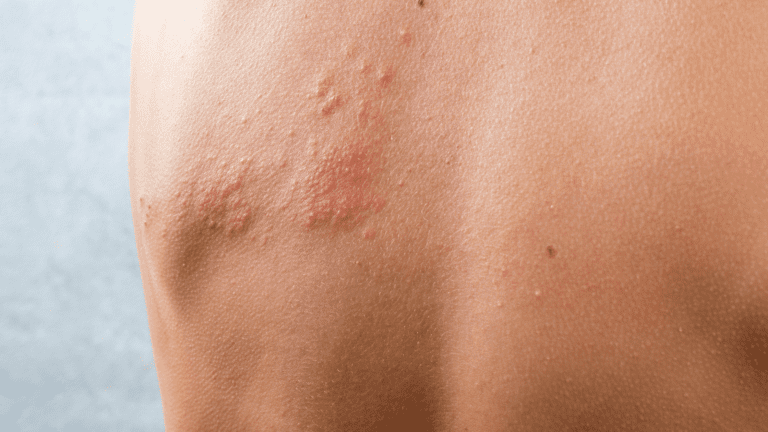Is Your Skin in Pain? Exploring Common Conditions That Cause Skin Sensitivity

Your skin covers your entire body, so it’s not something you want to ignore when it becomes irritated. Sensitive skin isn’t a medical diagnosis, but it’s a clue that something isn’t right.
It’s important to understand what triggers your sensitive skin so that you can treat the underlying condition. This will help you find relief and prevent sensitivity in the future.
Eczema
The National Eczema Association reports that more than 9.6 million children and 16.5 million adults have the itch-causing condition. It’s a chronic, painful, itchy skin disorder characterized by scaly red rashes that often have fluid-filled blisters. The inflammation can be found all over the body, but it’s most common on the hands, elbows, knees, and face (in children).
Some patients have eczema called “atopic dermatitis,” which results in very dry skin that gets irritated easily. It’s unclear what causes this eczema, but it is linked to allergies.
Irritants that can trigger a flare-up of eczema include hot baths and showers, certain soaps and detergents, perfumes, and harsh chemicals. If you suspect allergies cause your eczema, see an allergist for a patch test to determine what makes your skin itch. You can control eczema symptoms with moisturizers, prescription medications, and antihistamines. Many children grow out of it, but others will have it as adults, too.
Allergies
If you suddenly have red, itchy skin that reacts to some of the things you use (like a new facial serum or over-exfoliating), your sensitivity could be caused by environmental factors or certain ingredients in beauty products. Harsh cleaning products, bleach, and other chemicals can dry and damage the skin. Also, rough stroking or friction (such as rubbing or scratching the skin) can irritate it. Some medical conditions can cause sensitivity, too, like a condition called Cutaneous Mastocytosis, where you have an excess of mast cells that release histamine when exposed to heat, light, or friction, causing itchy and red skin.
Most of the time, if you have sensitivity, your nervous system is overstimulating your skin if the skin hurts to touch in response to an underlying problem. This can include conditions like eczema, rosacea, psoriasis, contact dermatitis, and even the varicella-zoster virus (which causes chickenpox). There are treatments for these that can help reduce the severity of your symptoms.
Photodermatoses
Photodermatoses occur when the skin is exposed to UV radiation and develops a painful, itchy rash. These rashes often include papules, erosions, wheals, or blisters. Depending on the type of photodermatosis, there may also be scarring or pigmentary changes.
Polymorphous light eruption (PMLE) is the most common sun-induced photodermatosis. It usually occurs from March to June and affects people who have traveled to sunny regions. It consists of macular, papular, urticarial, and plaque-like lesions that differ morphologically; hence the name polymorphous. A familial form of the disorder was described in indigenous peoples of North and South America. It is identified as hereditary actinic prurigo and a variety of other names.
Diagnosis involves taking a patient’s history and examination of the skin. The patient should be asked about the medications they are taking because certain drugs increase sensitivity to sunlight. In addition, some medical conditions, such as porphyria cutanea tarda, can cause photosensitivity. In this case, urine porphyrin tests are useful in making a diagnosis. Treatment includes avoiding the sun, using sunscreens, and applying cool, wet dressings on painful areas of the skin. Oral antihistamines can be helpful with itching. Niacinamide (vitamin B3) has been shown to make photosensitivity less likely.
Shingles
Shingles, or herpes zoster, is caused by the varicella-zoster virus (the same one that causes chickenpox). The condition often starts with itching, burning, or tingling feelings in an area of skin on just one side of the body. It may also cause a fever, a general sense of unwellness, and headaches. Then, within a few days, a rash of fluid-filled blisters appears. The blisters then dry and scab over in 7 to 10 days.
The cause of shingles is unknown, but it involves a weakened immune system. This can be caused by normal aging or by taking immune-suppressing medicines, cancer, AIDS, or other diseases. It may also be triggered by stress or emotional upset. Topical capsaicin patches (Qutenza) and pain-relief medications like acetaminophen can reduce pain from shingles, as can nerve blocks.
Similar Posts:
- None Found









